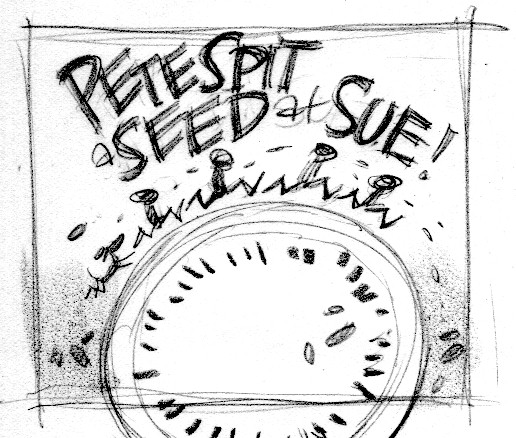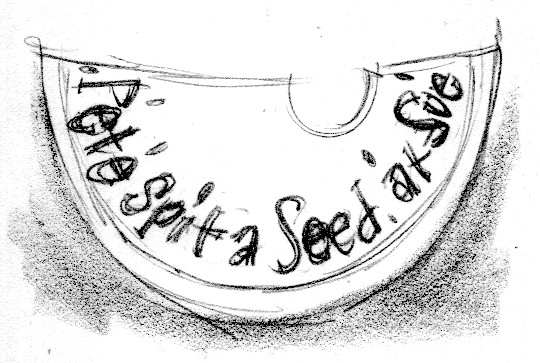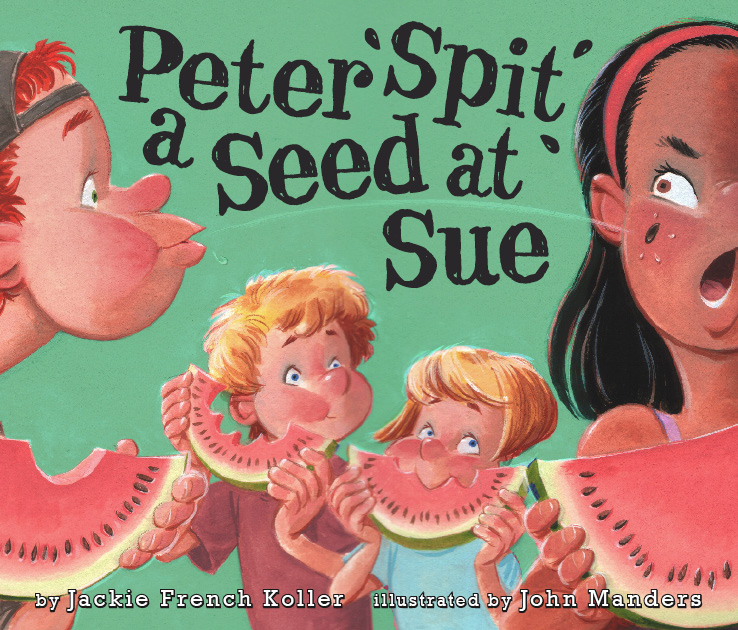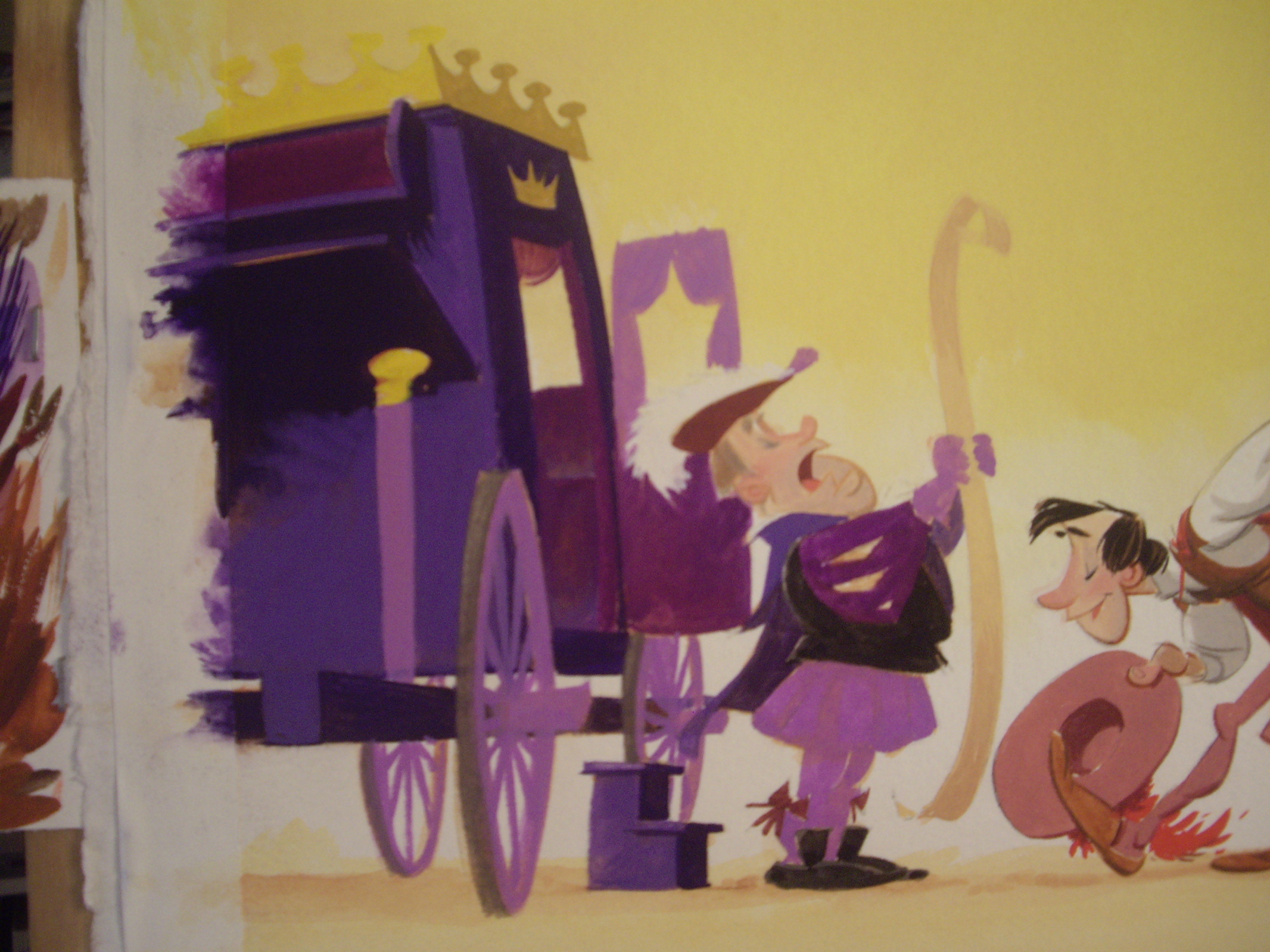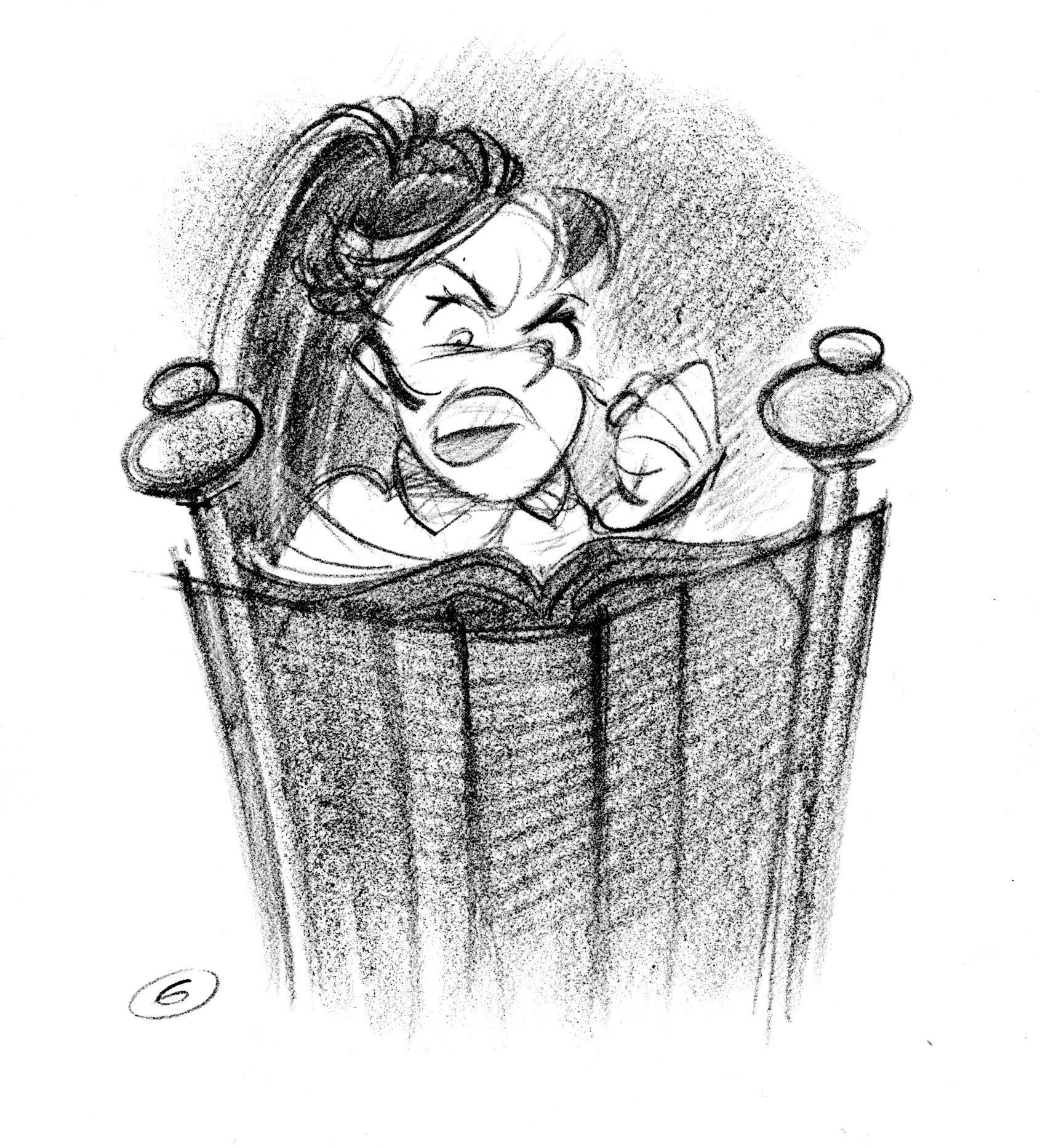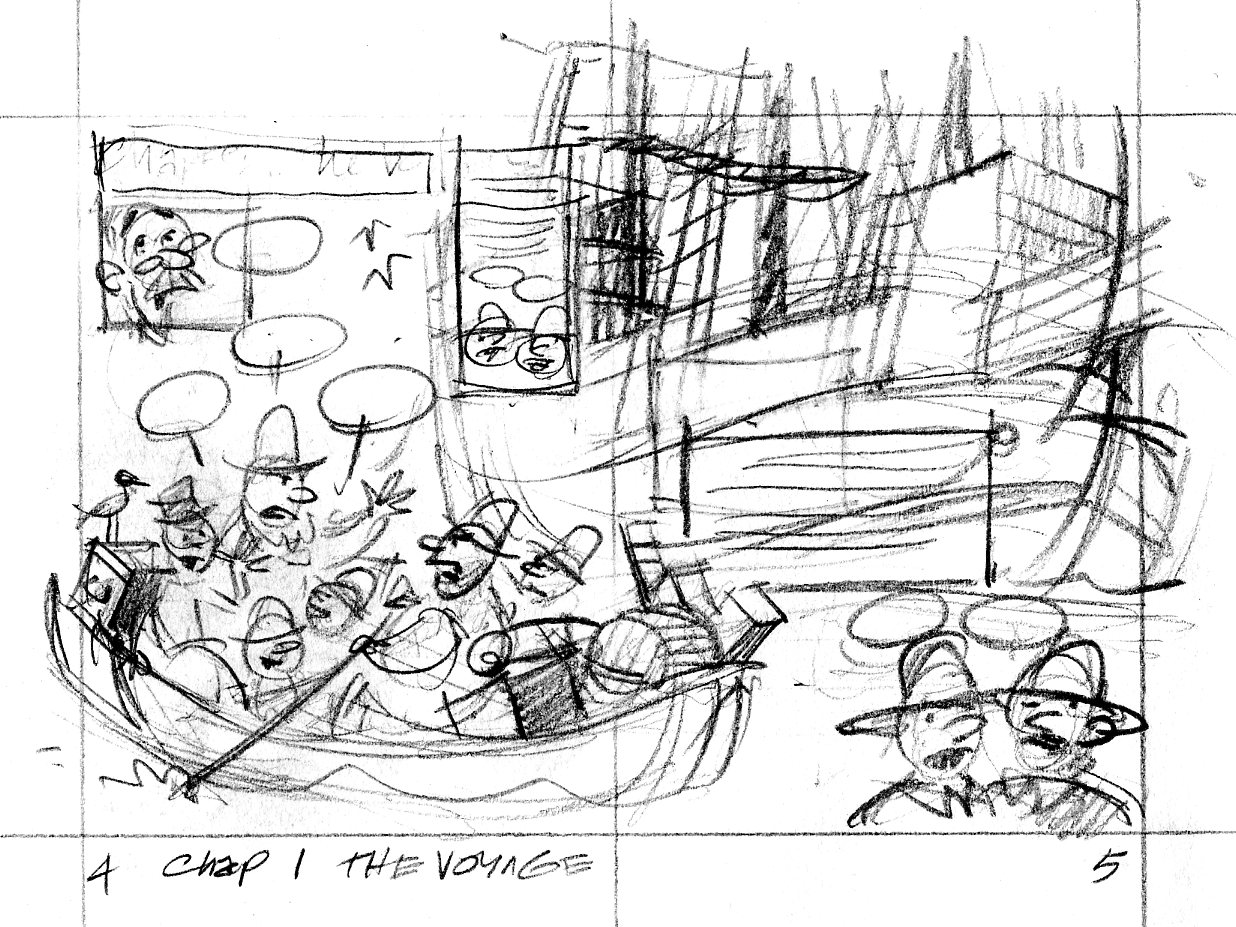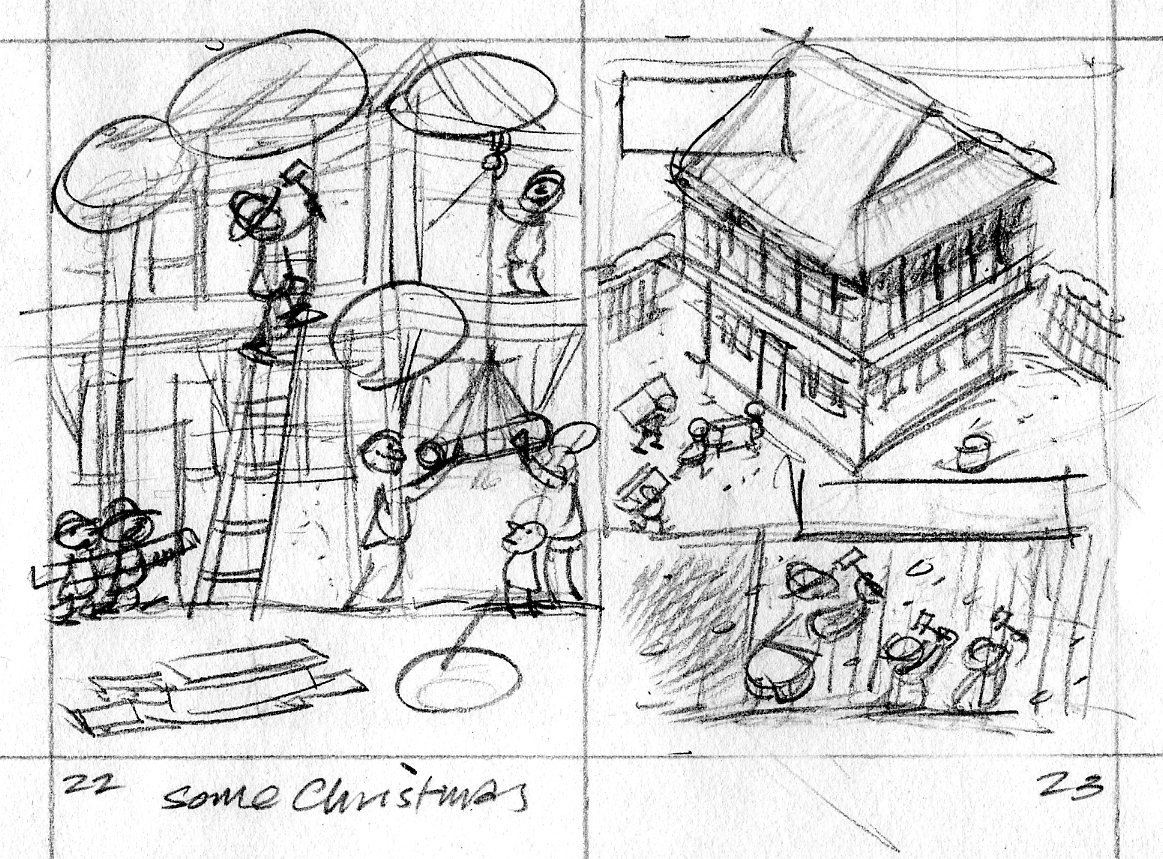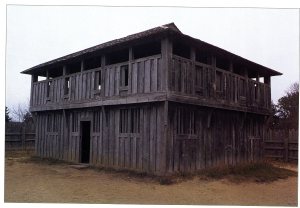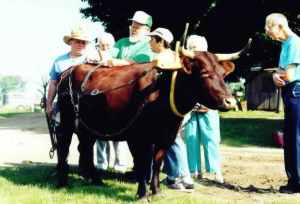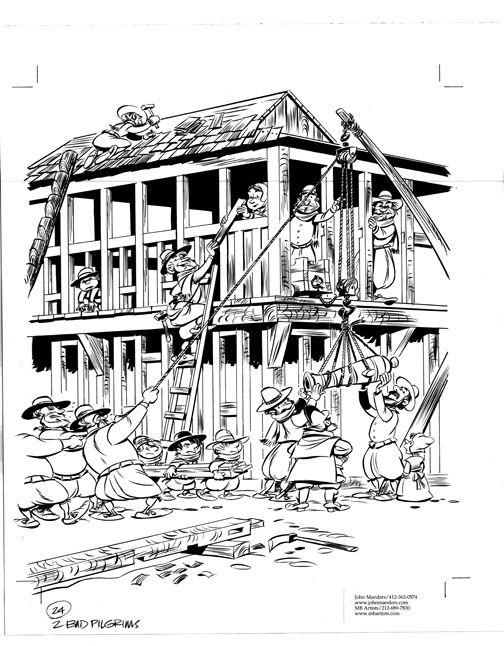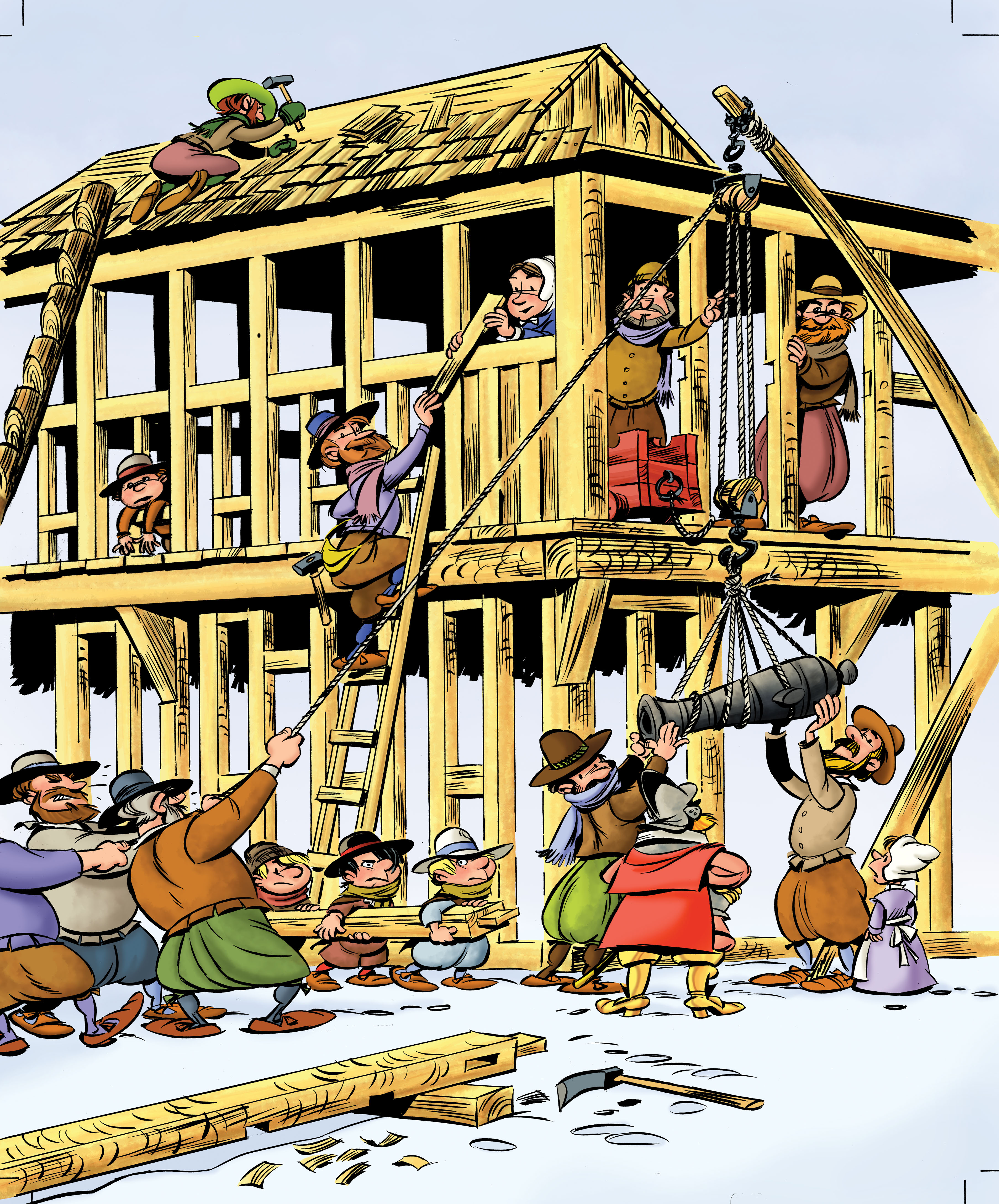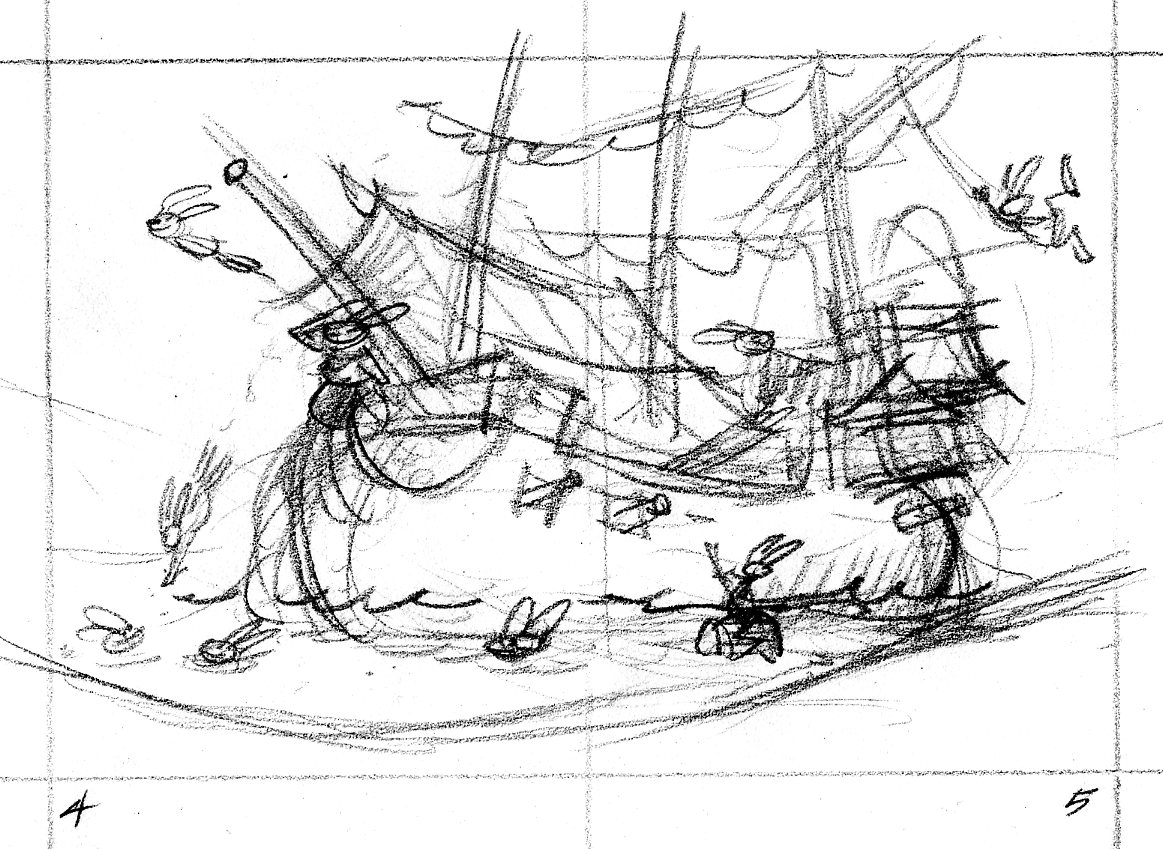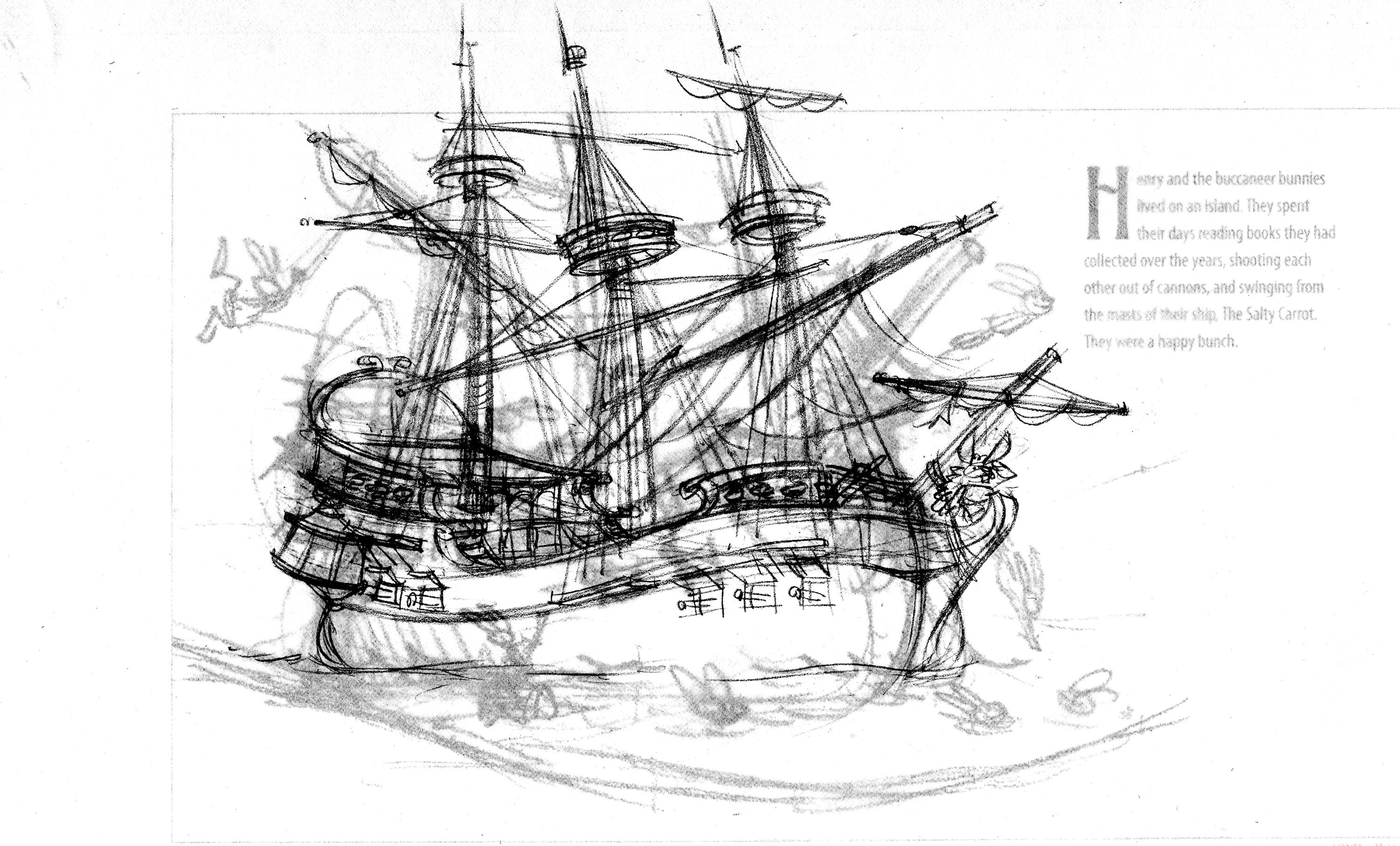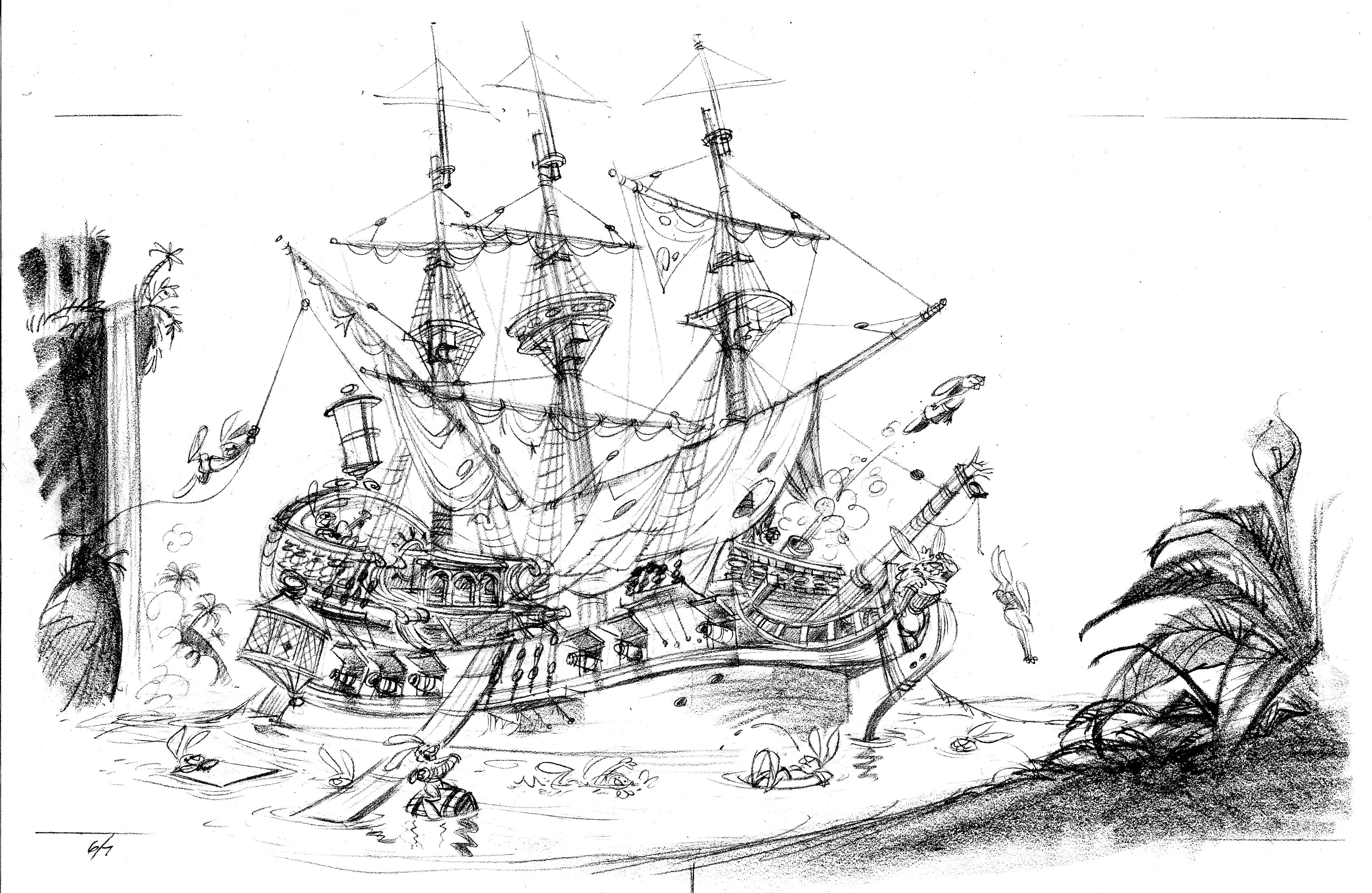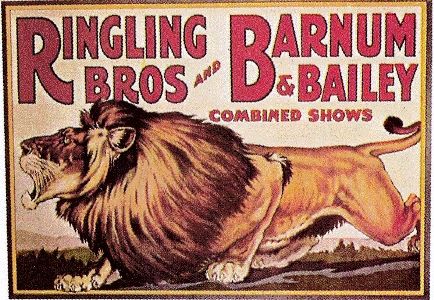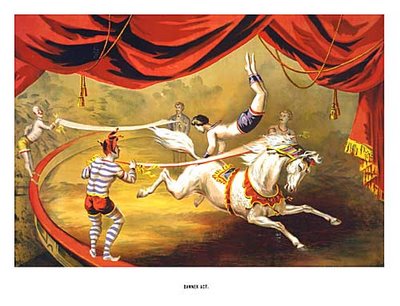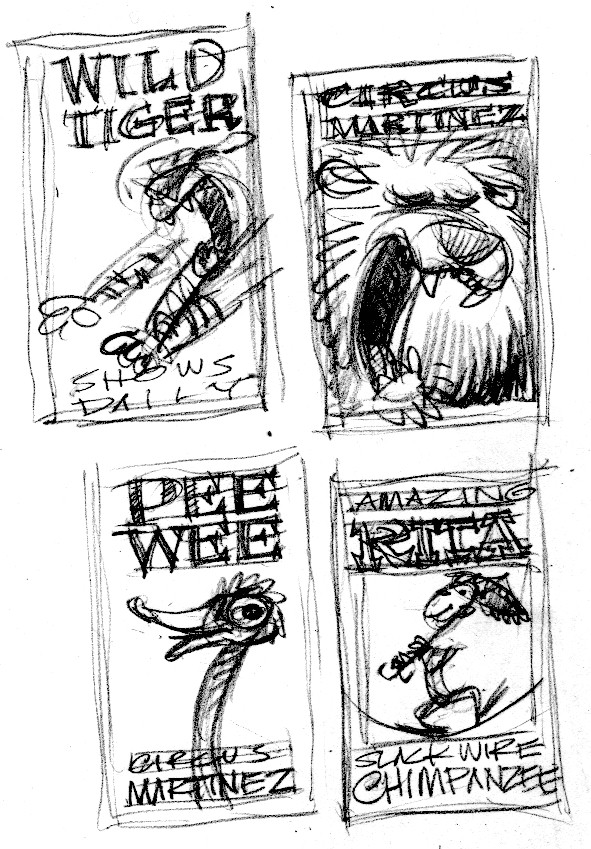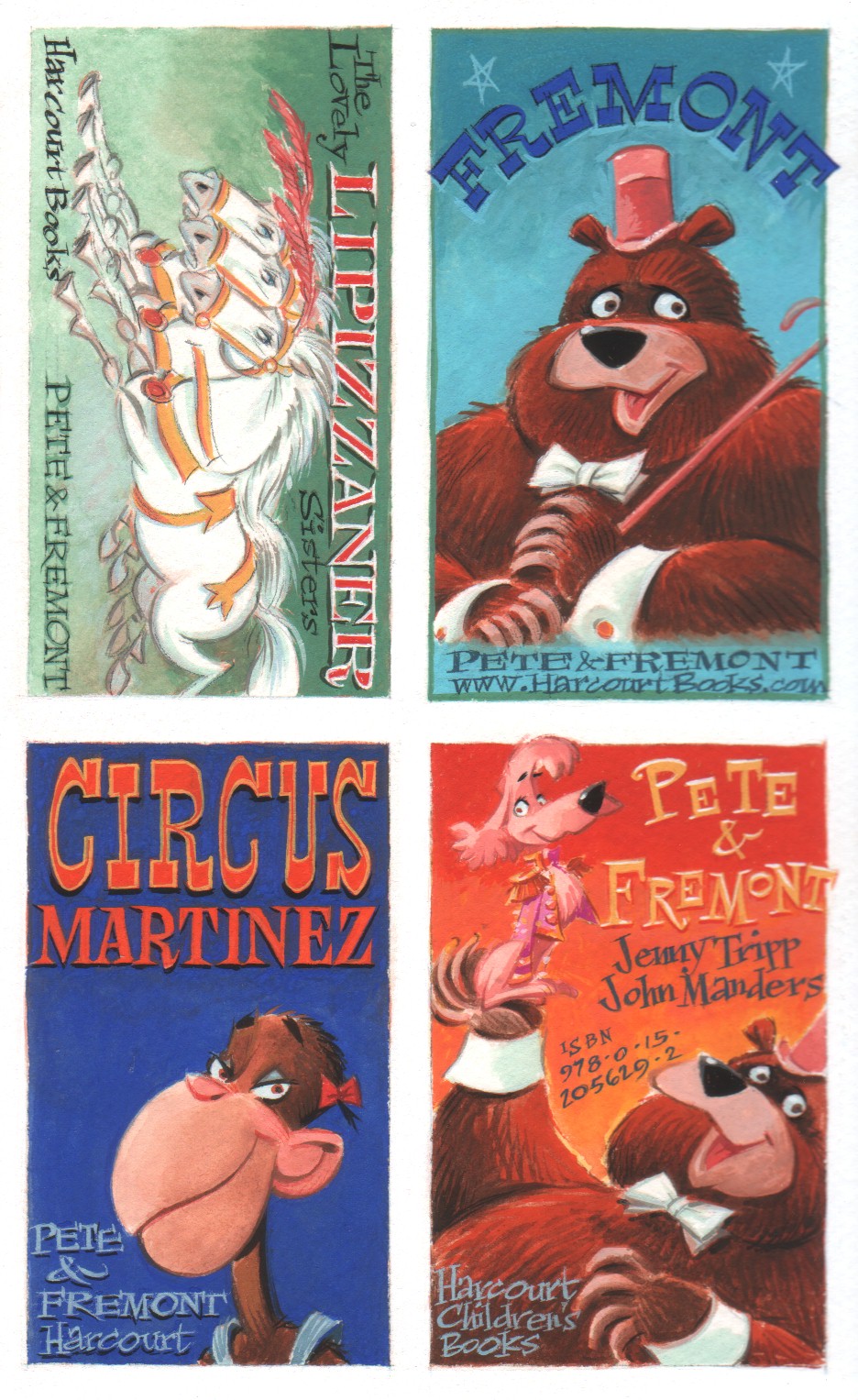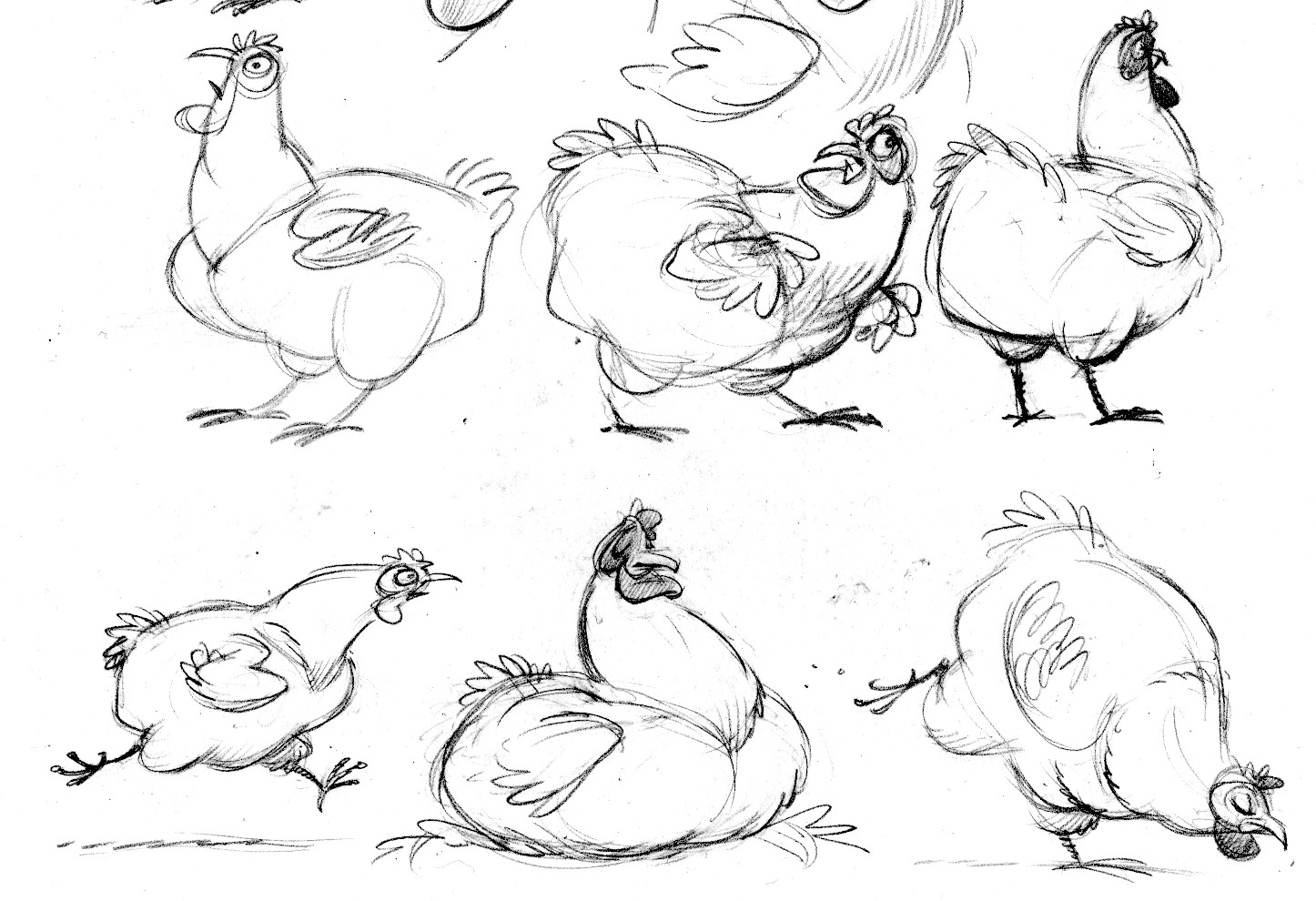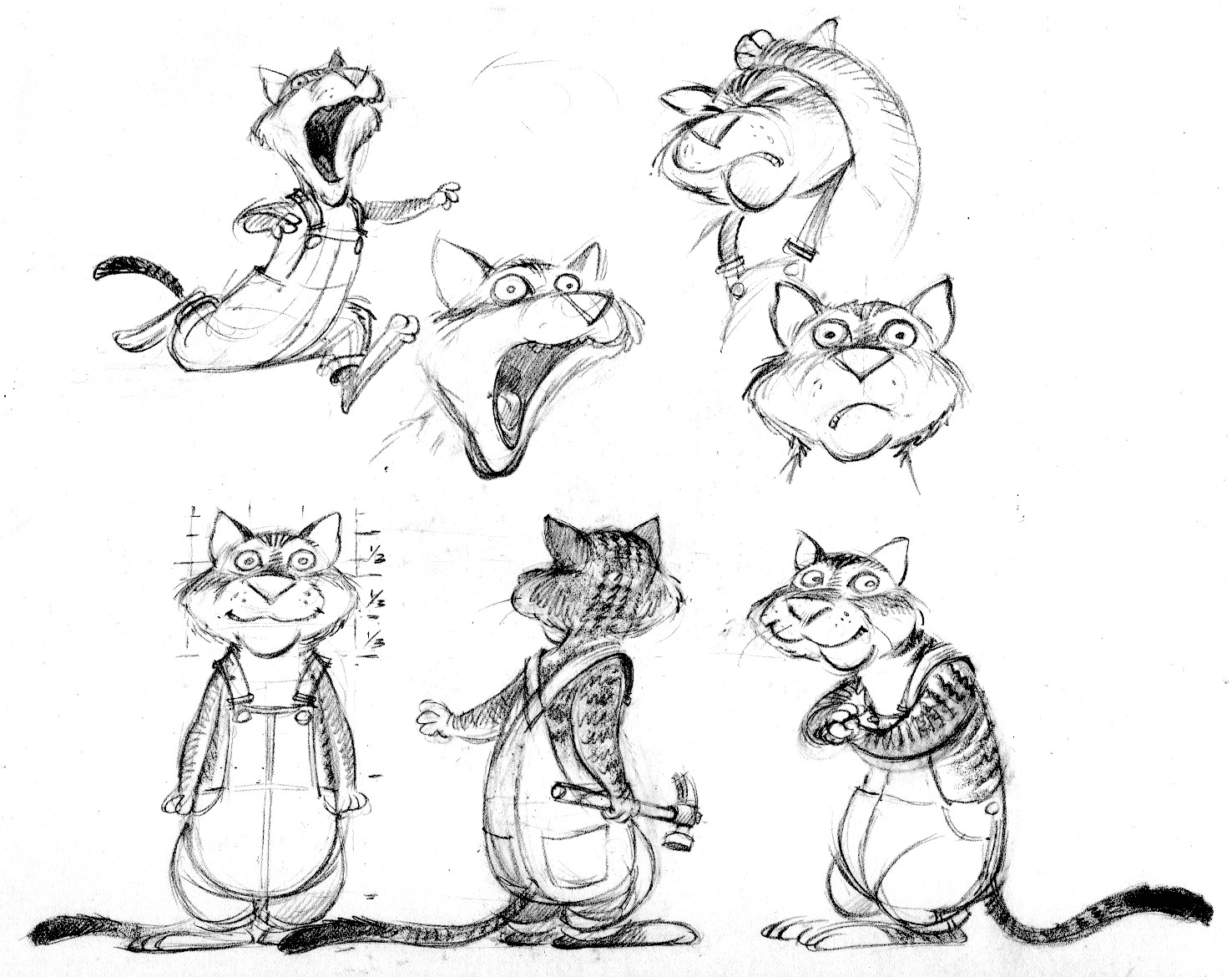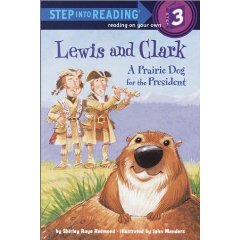
UPDATE! Ilene, Jerry & Drake discuss digital vs traditional illustration in the comments section below.
I get quite a few historical projects to illustrate, and that suits me fine. I enjoy doing the research—which is crucial to making the costumes and settings authentic.
Here are a few thumbnails, sketches and final paintings from Lewis & Clark, A Prairie Dog For The President. First, a thumbnail sketch of Lewis & Clark making a map—
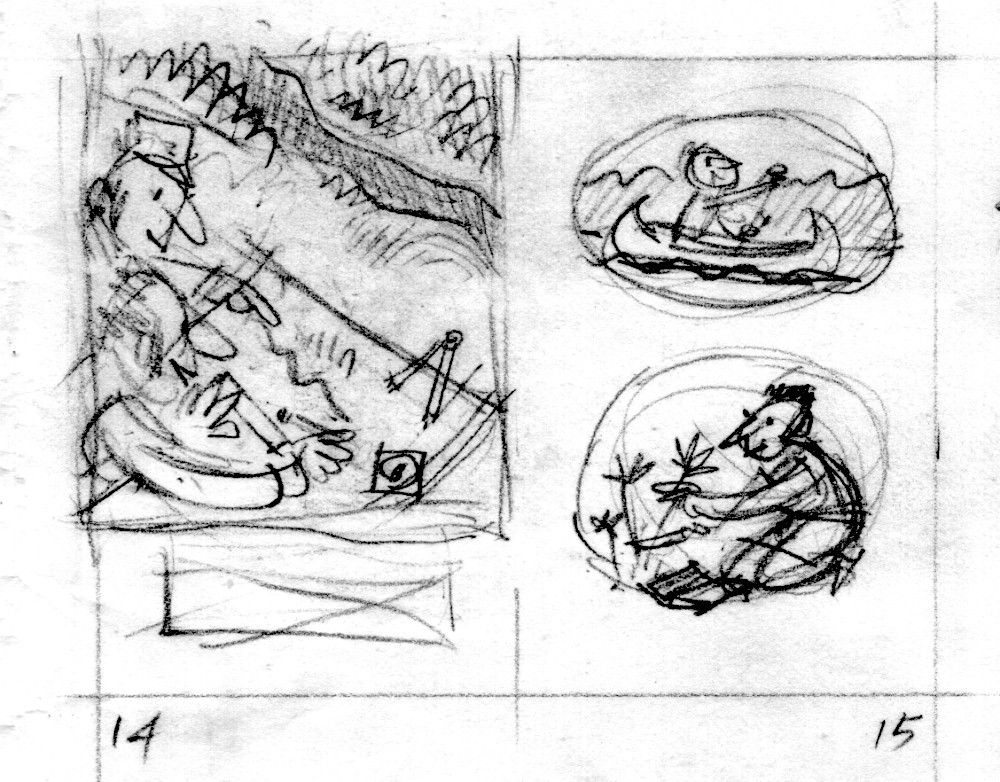
And here’s the tight sketch. Remember, the thumbnail sketch is pretty small, about an inch-and-a-half tall. My tight sketch is usually half the size of the printed page.

I usually paint at the same size as the image will be printed. The compass in the wooden case shown here belonged to Lewis & Clark.

Here’s another one. The squares with an ‘x’ through them show where the text will go.



This was a fun little book to do. It’s 48 pages long, which is much longer than normal (32 pages). But it’s smaller in size than most picture books.
Below is what I mean by historical costume. I had no reference for Sacajewea, but used a drawing George Catlin had made of a young woman from Sacajewea’s tribe thirty years after her adventure with Lewis & Clark.

Here’s a comp (short for comprehensive layout) of the book’s cover. It shows the type and the sketch together. The next step is for me to paint the sketch portion.




